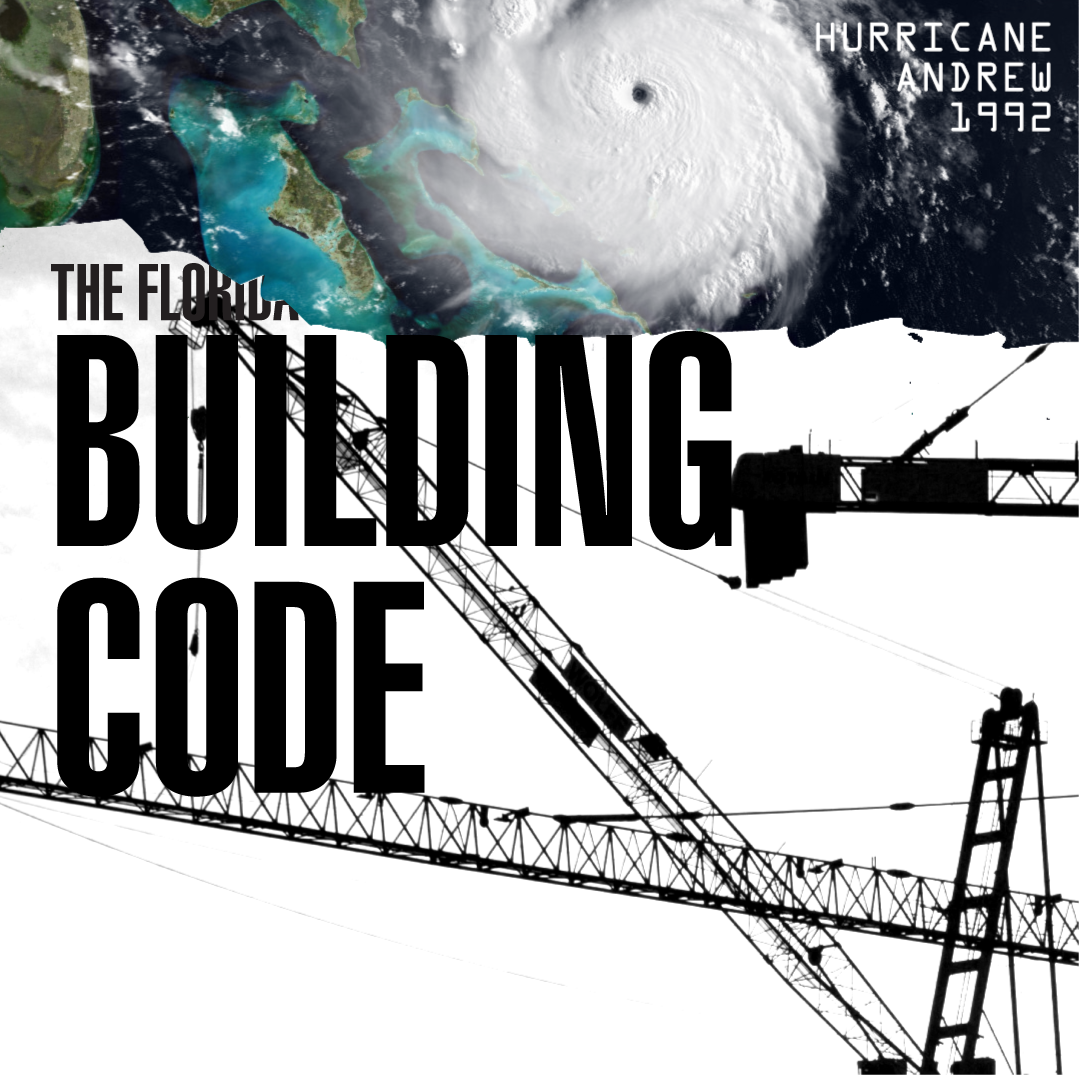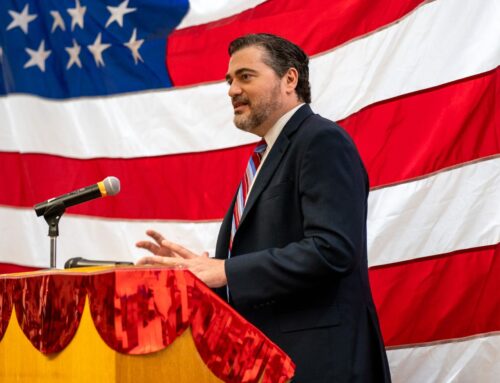The 30th anniversary of Hurricane Andrew’s assault on South Florida is days away, and for the uninitiated and those who may have forgotten, here is what the Category 5 storm did to southern Miami-Dade County and elsewhere.
After striking on Aug. 24, 1992, Andrew killed 65 people, destroyed 63,000 homes, left 175,000 homeless, and in the immediate aftermath, left a million people without power. Three cities and towns in particular — Homestead, Florida City and Naranja Lakes — were completely or nearly reduced to ruins.
[…]
If Andrew did the region any favors, it exposed flaws in local building codes, shoddy construction on a large scale, the pitfalls of relying on an economy focused on tourism and real estate, and deficits in storm preparation and recovery.
Interviews this week with businessmen, economists, forecasters and other experts show substantial improvements over the last three decades. Many agree that another storm of Andrew’s magnitude is likely to be mitigated by preventive measures taken over the years, though South Florida’s growing status as a preferred place for out-of-staters to relocate has raised uncertainties about the extent of damages another massive storm could cause.
:quality(70)/cloudfront-us-east-1.images.arcpublishing.com/tronc/K6KBEMN34FHE7MA3HFGDVVVWMQ.jpg)
New building codes
[…]
Bryan Norcross, FOX weather contributor and hurricane specialist, was working for WTVJ-Ch. 6 in Miami when Andrew struck. He was on the air for 23 consecutive hours, sitting down in his anchor chair at 9 a.m. Sunday; he didn’t leave until 8 a.m. Monday
Norcross is credited with comforting thousands of South Floridians during the worst of the storm because they heard his voice on the radio. They heard him on the radio only because he made preparations to have a radio feed in case the TV transmission didn’t work.
“A sequence of things that happened allowed my voice to be the voice they heard in the dark of night when all hell was breaking loose,” he said.
His main Andrew takeaway: better building codes.
“The building codes used in Dade and Broward county are the best hurricane building codes in the world. It’s a direct result of Hurricane Andrew,” he said.
 Miami construction law attorney George Breur of the Mark Migdal and Hayden firm says the post-Andrew codes are responsible for reduced damages across Florida during subsequent storms in the 2000s.
Miami construction law attorney George Breur of the Mark Migdal and Hayden firm says the post-Andrew codes are responsible for reduced damages across Florida during subsequent storms in the 2000s.
“Andrew was basically what gave birth to the Florida building code,” he said. “There was obviously inconsistent enforcement of the codes. Every three years it’s been updated and improved.”
In Miami. he said, 25 new condo towers are under construction and all of them will contain high-impact glass materials.
“In Miami-Dade County a residential high-rise has to have a wind grade of over 185 mph,” Breur said. “That’s not to say we’re not going to have some damage. But the key takeaway is that losses will be reduced. You’re not going to have a building blown completely away and there should be less insurance claims.”
But construction these days is more costly.
Ron Magill, Zoo Miami’s goodwill ambassador and communications director, recalled the zoo’s aviary was destroyed, causing the loss of countless birds.
“What has changed is that the building codes became so much more stringent following the hurricane,” Magill said. “An aviary that originally cost us $3 million to build, to rebuild [it] to meet the codes properly took us 10 years at a cost of $13 million.”
[…]
A diversified economy: a stronger defense?
South Florida’s economy is in better shape now than 30 years ago to withstand the financial impact of severe storms, economists say.
J. Antonio Villamil is the founder and principal adviser at Washington Economics Group, a consultancy in Coral Gables, and a former undersecretary of commerce In the 1990s during the administration of President George H.W. Bush.
“We’re a different economy altogether,” he said. “We have much more international business and high technology startups. We don’t rely as much as we did before on cyclical construction and tourism as in the past. Given the size of the population and entrepreneurial nature of the startups, it’s quite different than during Andrew.”
“It helps to create a better business environment when you have the public sector and business community working toward a common goal,” Villamil said. “That happened. There was a lot of leadership in the area.”
[…]
:quality(70)/cloudfront-us-east-1.images.arcpublishing.com/tronc/ZRUPXORQYZCERB4UYFL4HGYKYI.jpeg)
He, too, counts the strengthened building codes as being “at the top of the list in my mind” as being a major change for the good driven by Andrew.
“Builders were really concerned this would drive up costs,” he said. “But it didn’t slow down demand. Now, any home not built to that level of that resilience is not as valuable.”
[…]
Better preparations emerge
For FPL, there were numerous lessons learned about how to respond to such a disaster. It had no idea in 1992 how to beef up the workforce before the storm, how to house those workers, how to feed them, where to stage the work trucks, where to stage the food.
The utility has more than 100 staging sites now, said Manny Miranda, executive vice president for power delivery.
He recalled that after Andrew struck, he received an initial damage report from a co-worker.
“He said, ‘Manny, every single pole is down,’” Miranda recalled. “I said, ‘Maybe it’s where you’re standing.’ He said, ‘No, everything is devastated.’”
Miranda would soon learn that description was accurate. The utility replaced 20,000 poles for 1.4 million customers.
The utility’s storm recovery process is very different now, he said.
“We already have pre-determined where material goes, where the tents go, where trucks park, how to fuel trucks. We can house people, we have mobile trailers for sleeping, mobile trailers for cooking,” he said.
The company also learned to have its workers toil alongside city cleanup crews. One thing that happened during Andrew was that municipal crews bulldozed entire areas to get them cleared, destroying electrical equipment in the process.
Miranda said about 45% of FPL’s electrical lines are underground.
“One of the things we know is our main transmission lines, our main circuit lines, what we call main feeder lines, they hold up pretty well during a hurricane,” Miranda said. “The issue for us during Hurricane Irma was overhead lines in people’s backyards.”
[…]
The next ‘Big One’
Economists still warn that another storm of Andrew’s magnitude could well create much more damage than in 1992 mainly because of the sheer rise in the region’s population, which is now 6.1 million, up from the 4.1 million people who lived here three decades ago.
The increased density caused by a development boom has created higher real estate values that could easily be deflated by another natural disaster, they warn.
“Where we might be underestimating is the actual cost,” said Sofia Johan, an economist at Florida Atlantic University. “The population has doubled in the last 20 years and the population’s wealth has possibly doubled, if not quadrupled.”
“Whatever damage happens is going to be even more expensive,” Johan added, noting that insurance companies are dropping customers and raising rates.
[…]
Staff writer David Lyons can be reached at dvlyons@SunSentinel.com. Staff writer Chris Perkins can be reached at chperkins@sunsentinel.com.




